I am currently returning from a stay in Malaysia and Singapore doing some workshops for a global company. In one of the workshops one of the participants told me, that the model I described helped him the first time to understand organizations in a way that is fully in line with his Asian holistic worldview. This encouraged me to write this quick blogpost in English explaining the model a bit more in detail for all other workshop participants but also for everyone who finds it helpful.
Inspired by the SySt(r) Triangle of Belief Polarities (TBP) and together with my colleague and friend Michael Jungen we developed this model further and also already published a first article about the model in the context of project management (Mack/ Jungen, 2016). The model overcomes the traditional thinking of organizations as machines as the preferred metaphor we had since the industrialization in the 18th century. Since Henry Ford and Winslow Taylor invented the so called Scientific Management approach, we use mainly engineering metaphors and views on companies and other organizations. This simplified models were very useful and helped us to make hugh developments in productivities over the last two centuries. But in todays increasing accelerating technological develolment and highly volatile and complex global environment, these concept are not that useful any more. Instead of using the engineering idea, the living systems model of organization takes its ideas from biology, sociology and philosophy and also from network theory, complexity and chaos theory.
Elements and characteristics of the organizational living systems model (LSM)
The idea of the model is to have a general syntax to explain living systems in a systematic way. We understand organizations as as living complex adaptive systems you can describe as networks. The triangle of beliefs polarities (TBP) model, is a general strucuture with roots in Asian/ Indian religious philosophy. The model with its fractality and self-similarity can be used on many levels, for individuals, teams, departments, organizations up to whole societies. It fits well getting a better understanding about characterisitics of organizations as networks.
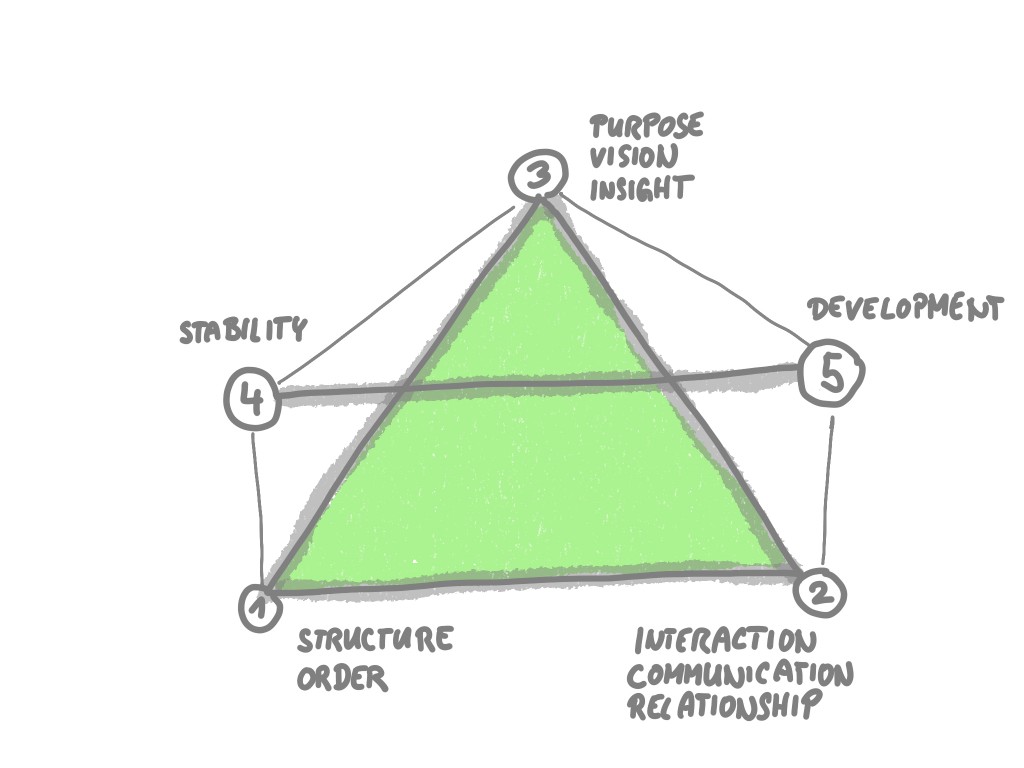
The 1st inner shape of the LSM is the one of a triangle with three poles. The poles can be named with different wordclouds as labels being purposeful in certain context:
- Structure, Order, Responsibiliy: This pole emphasizes the characteristics of the living systems that set its form and order, like the skeleton in humans or the formal roles and responsibilities or hierarchy in organizations. No organization can survive without a certain amout of structure.
- Relationship, Communication, Interaction: This pole emphasizes the communication or interactions between the elements of the system. Like the exchange of nutrients and waste in our body, transported by the blood, an organization needs a good flow of information and matter between the different people involved.
- Vision, Purpose, Insight: Finally this pole reflects the need for an overall purpose or vision in living systems. As simple biological systems seem to have survival and replication as a core purpose, organizations have the same of even follow additionally other higher purpose.
To stay healthy, organizational living systems need to keep the three poles in balance. If there is only focus on one pole the imbalance can lead to irritations, illness or even death of a living system. To give a simple example: If an organization focus mainly on structure and order, communication and interaction between individuals, teams or units can be negatively influenced and sensing and responding to environmental changes can be delayed or even fully blocked.
The LSM has certain similarities to the known organizational triangle of strategy, structure and culture, but is much more organic and goes clearly beyond. As humans need to keep the three dimensions in balance to stay mentally and physically healthy, people in organizations need to do the same thing and take care for keeping the organization healthy. The reason why I write people here and not management is by purpose and not by accident. Instead of seeing a certain role in the organization responsible This balance should not be understood as a stable equilibrium, but more a continuous process of balancing the three dimensions in a constantly changing environment.
A second outer shape expands the inner one by a further axis of two poles, finally creating a structure of a pentagon and describing more the dynamic dimensions of the LSM:
- Stabilization: All living systems need a certain level of stability to survive. In our human bodys all cell are replaced in certain cycles, but the overall shape stays (hopefully almost) the same. Living systems, which can be also understood as complex adaptive systems, need a continuous effort of energy to keep their “gestalt”. If a system dies, it has not this capability any more and falls apart.
- Development: On the other side living systems need a certain level of freedom to develop and to adapt to environmental situations and circumstances. If a system is too rigid, changes in the environment can cause serious trouble. Living systems need mechanisms to ensure being able to adapt and even change before environmental changes happen.
These two outer poles can be considered as some guiding loosely coupled dimensions for thinking about the inner three poles. Structure, relationship and purpose can influence stability and development of an organization in certain ways.
Dynamics in the living systems model
As this blogpost should give only an overview about the model, I would like to share only a few aspects of the dynamic aspects of LSM. Every organizations in the LSM has a specific preference in behaviour and company culture. Companies prefer some poles and underemphasize others. The task of all employees and especially of those we currently call managers or leaders is to bring all poles in good balance. Although the triangle can be entered through a preferred door, to keep the system healthy and let it survive it needs all poles in the same way.Just an example: Some organizations believe in structure as the guiding principle for stability and development. But the other dimensions should not be forgotten. The structure can stabilize the organization but there is always a risk that it will be too narrow for development. Loosening the structure would mean to need some other aspects like an open and honest communication or a joint purpose coming into play. Also these dimensions allow to stabilize the organization, but also give room for development.
Management in the living systems model
The idea of this blogpost is only to give an introduction the the concept of the simple LSM of organizations. It can be used to develop various ideas on managing and leading in organizations and helps to structure these ideas around the poles and dynamics of the model. Leadership as a function, not as a specific person needs to balance the three inner poles of the model to keep the organization in a healthy way. It also has to balance the dynamics of stabilising and developing in an appropriate way. The model is self-referential/ fractal, so it can be used on all levels of managing and leading – on individual level, on team level and on the level of the whole organization. We will publish some more details on various aspects in the near future, so stay tuned. An application on Project/ Program Management was already published Mack/Jungen (2016).
I am happy to hear about your feedback and experience with the model.
Sources
Mack, O., & Jungen, M. (2016). Program Management in VUCA Environments: Theoretical and Pragmatical Thoughts on a Systemic Management of Projects and Programs. In Managing in a VUCA World (pp. 41-57). Springer International Publishing.


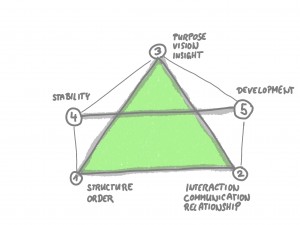

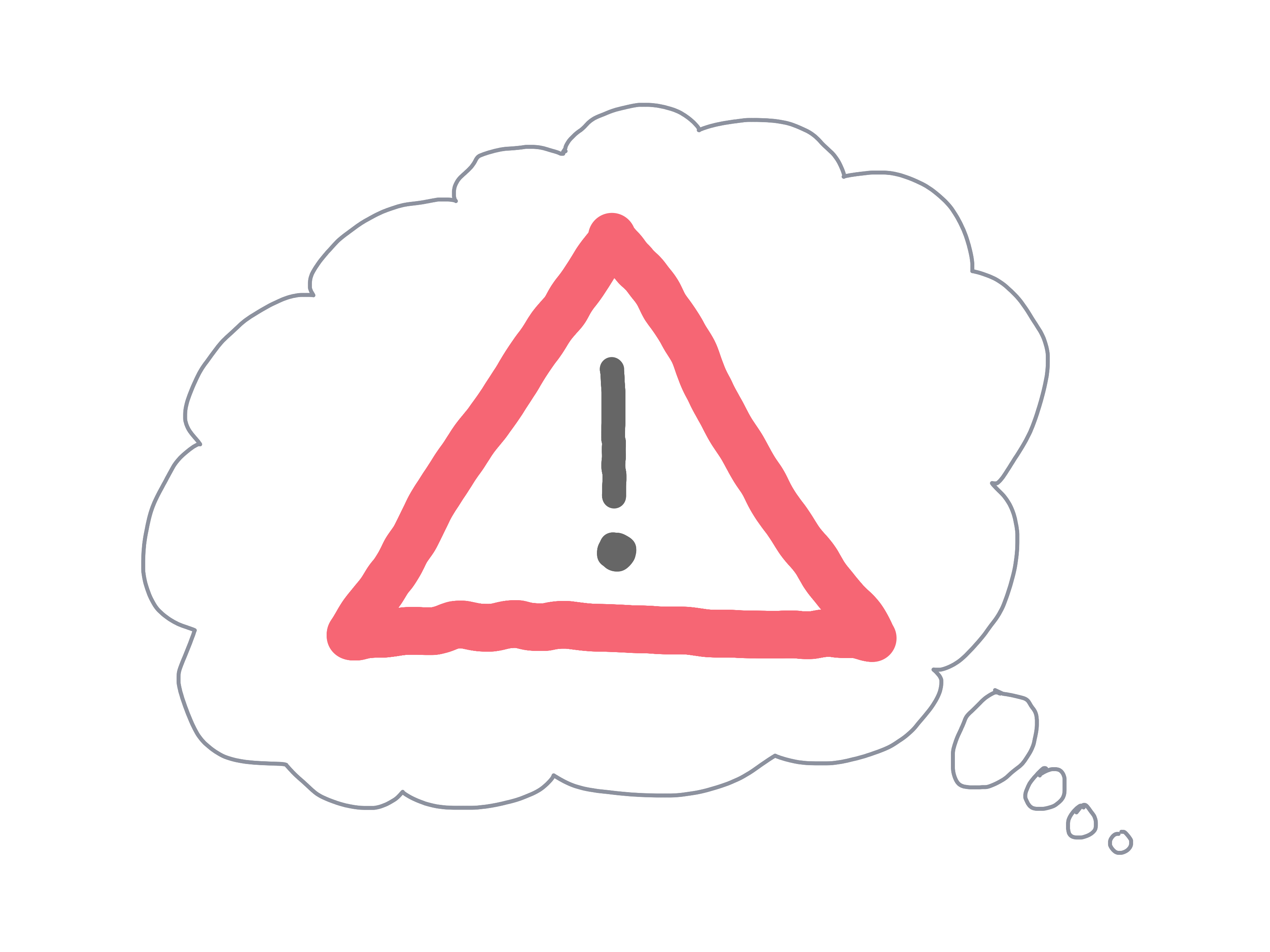
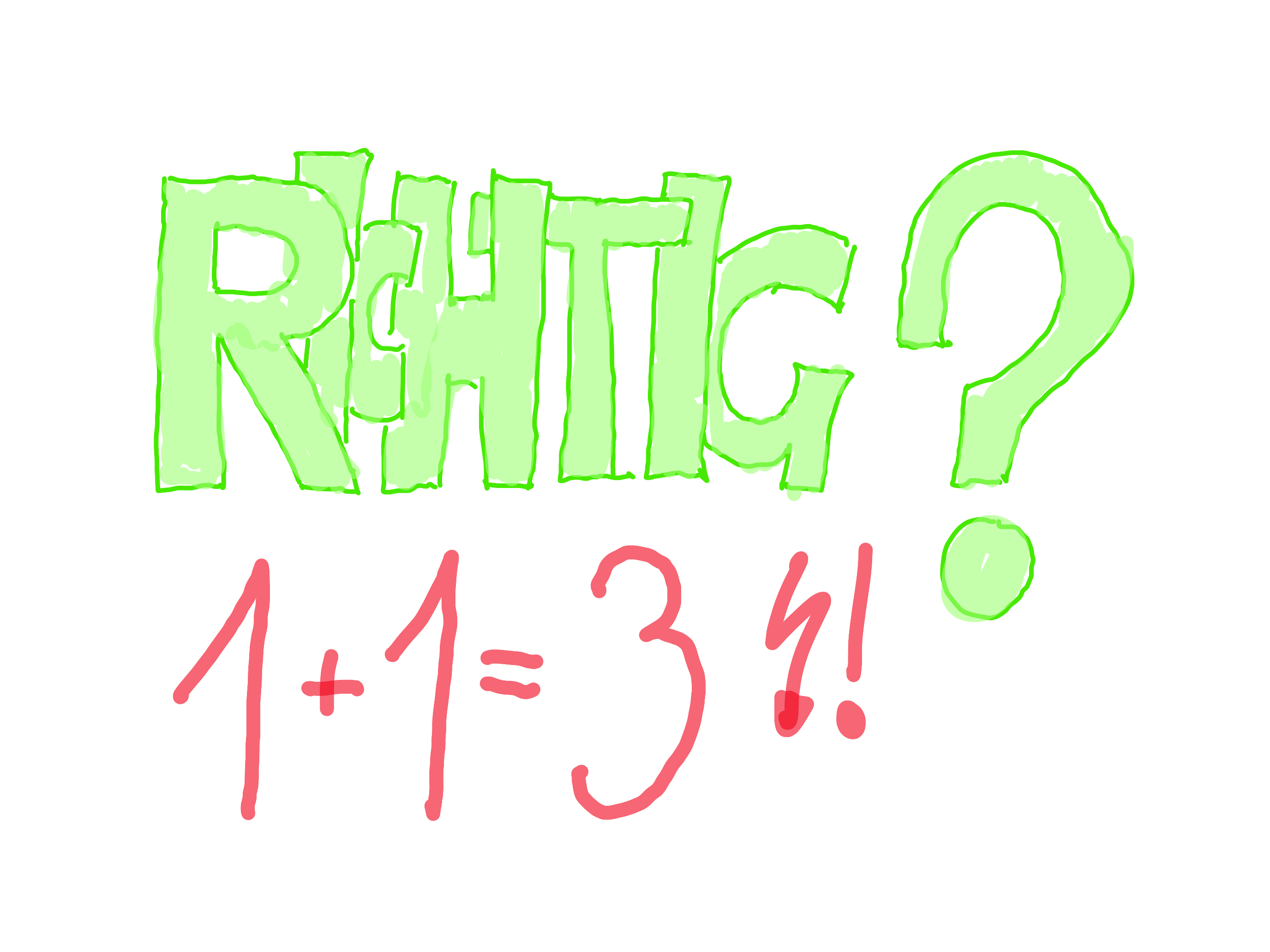
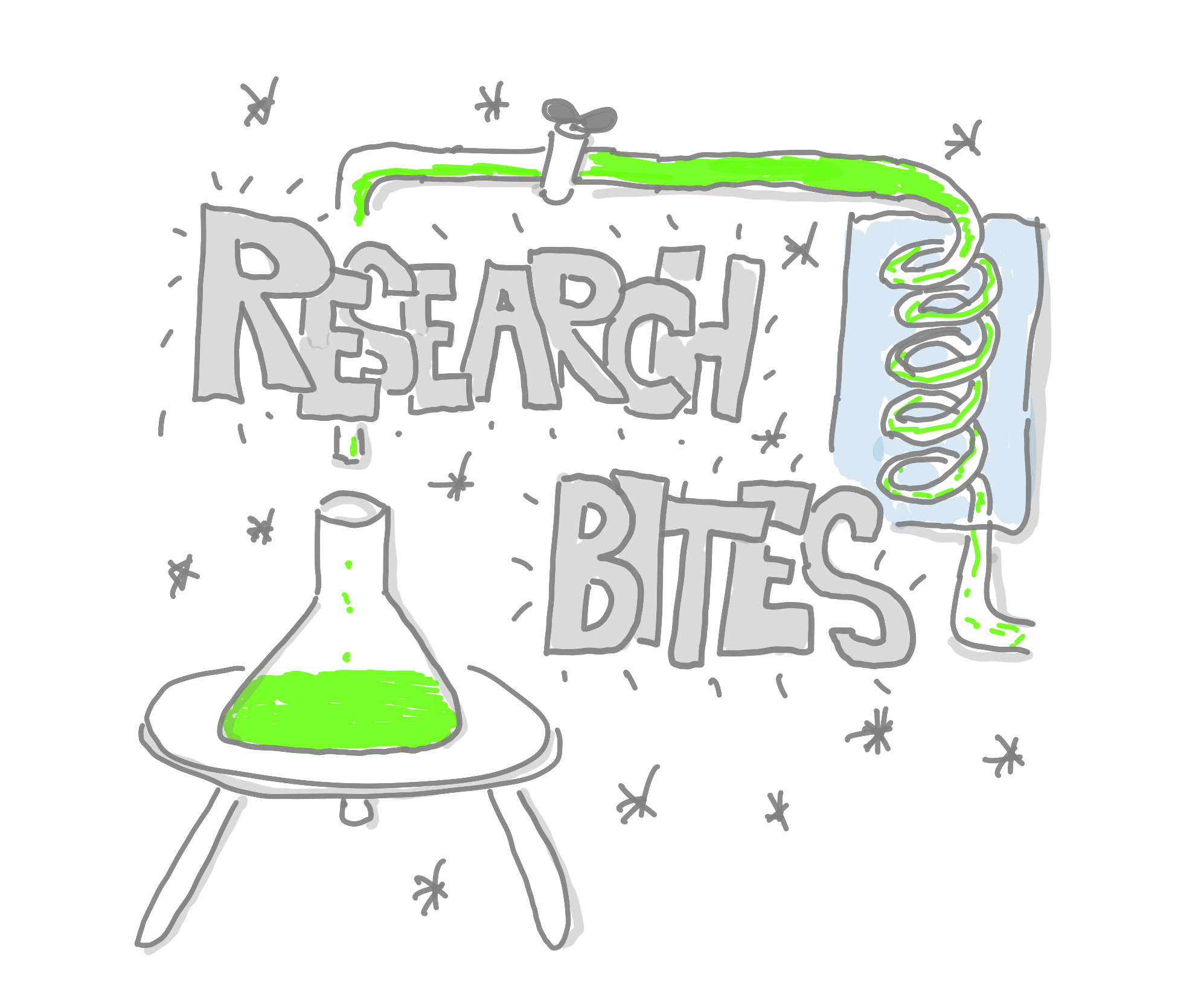
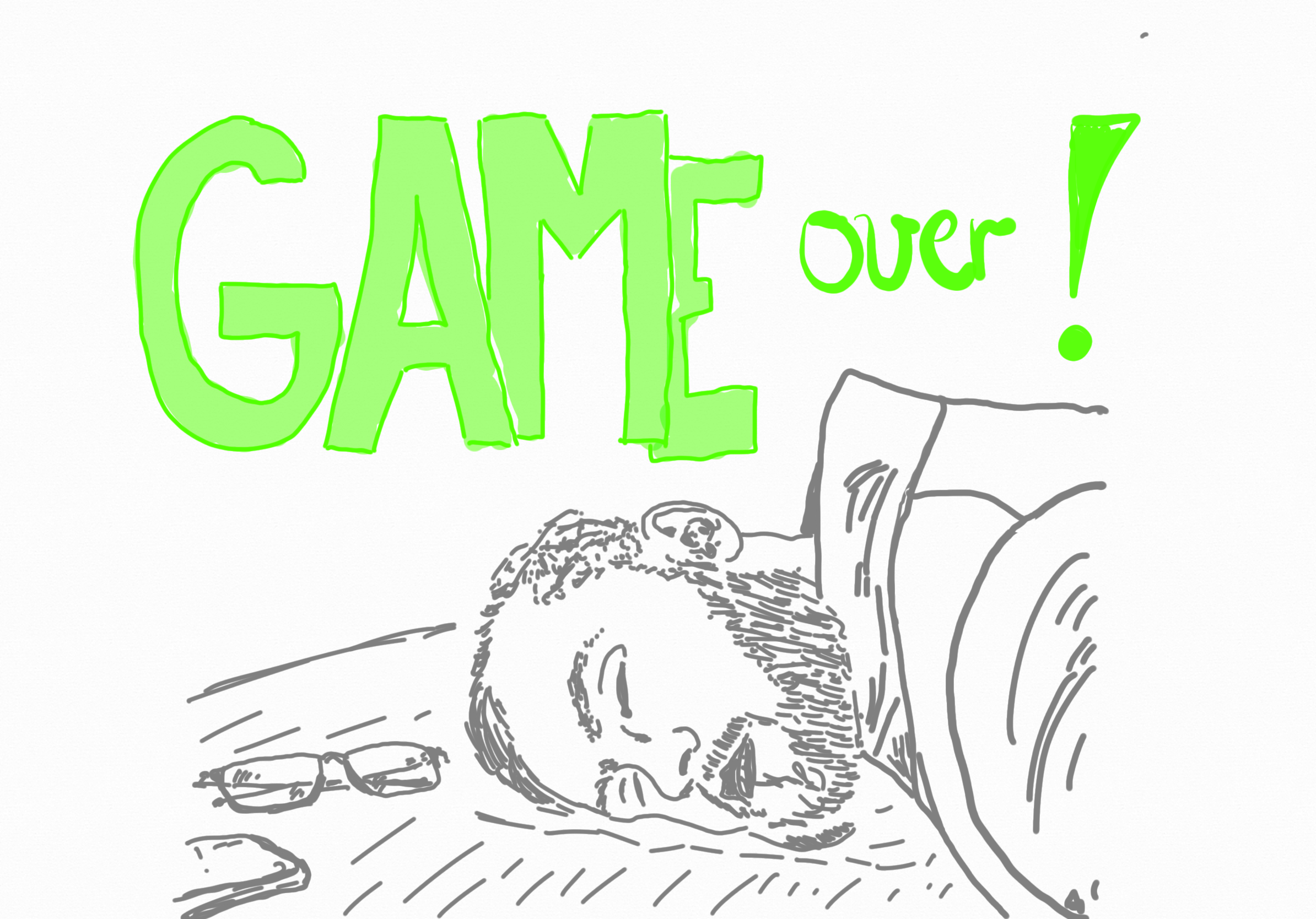
Leave A Comment